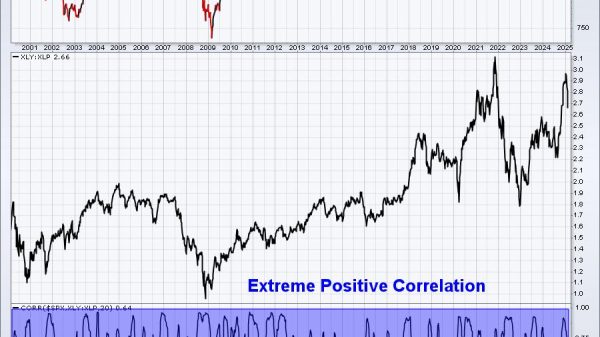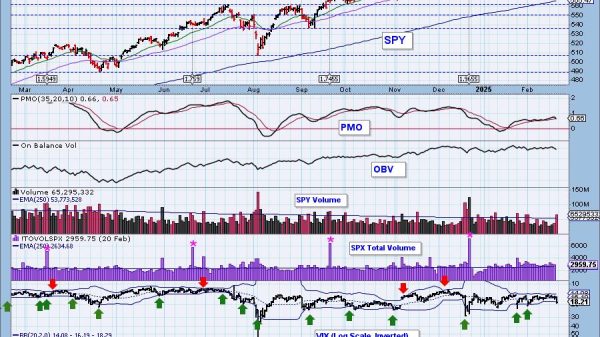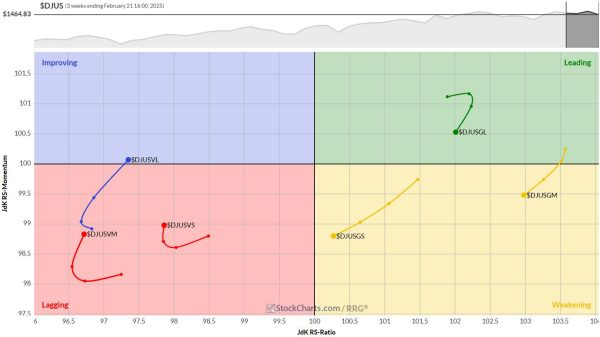Companies distribute portions of their profits to investors through dividend payments – a fundamental way of sharing earnings.
This process affects market dynamics, as seen with easyjet share price movements during dividend announcements. The straightforward mechanism allows corporations to transfer value directly to shareholders, reflecting the company’s financial performance and commitment to investor returns. This systematic approach to profit distribution represents a core element of corporate finance operations.
“A dividend is a distribution of some of a company’s earnings as cash to a class of its shareholders”, as defined by market specialists.
Not all publicly traded companies pay dividends. For instance, major corporations like Amazon and Alphabet (Google’s parent company) have never issued dividends, whilst companies like IBM maintain regular quarterly payment schedules.
The dividend declaration process
The process of dividend payment begins in the boardroom when a company’s board of directors meets to review financial statements. The board determines whether to declare a dividend and its amount after reviewing the company’s income statement.
A typical declaration process examines:
Current earnings figures
Available cash position
Capital requirements
Payment scheduling options
Distribution logistics
For example, IBM follows an established schedule, with dividends distributed on the 10th of March, June, September, and December. Unilever, another major corporation, maintains its own quarterly schedule with specific declaration and payment dates.
Critical dates in the payment cycle
The timing of dividend payments follows strict regulatory requirements that protect both companies and shareholders. Each date in the sequence serves a specific purpose in ensuring accurate distribution of funds.
Declaration date: The company officially announces the dividend payment and its amount
Ex-dividend date: The cut-off date that determines dividend eligibility based on share ownership
Record date: Set two days after the ex-dividend date, when the company finalises its shareholder register
Payment date: When the dividend funds are distributed to eligible shareholders
These dates coordinate the actions of multiple financial institutions, ensuring smooth transfer of funds from corporate accounts to individual shareholders. Financial markets worldwide synchronise their systems to process dividends according to this established timeline.
Payment distribution mechanics
Standard distribution process
The Depository Trust Company (DTC) functions as the central hub for dividend distribution. On payment dates, companies deposit funds with the DTC, which then coordinates the distribution to brokerage firms worldwide. This centralised system processes millions of payments simultaneously through:
Electronic funds transfers
Brokerage account credits
Physical cheque issuance
International payment networks
The entire distribution cycle typically completes within three business days for domestic payments. Financial institutions maintain multiple backup systems to ensure continuous processing even during peak distribution periods.
Payment formats
Market regulations require companies to specify their chosen payment method when declaring dividends. Each payment format carries specific processing requirements and timeframes that brokerages must follow.
Dividend payments take several forms in practice:
Direct deposits to brokerage accounts
Physical cheques mailed to registered addresses
Stock dividend distributions of additional shares
Dividend reinvestment plan (DRIP) credits
“Cash payments are typically credited to a brokerage account or paid in the form of a dividend check”, according to industry standards.
The payment process illustrated
The complexity of dividend processing becomes clear when examining real-world cases. Modern financial systems process millions of dividend payments daily, with each payment following precise verification protocols.
A practical example demonstrates the complete payment cycle. When Unilever processes a quarterly dividend:
The board declares a dividend of 30 pence per share
Ex-dividend date is established as 15 May
Record date falls on 17 May
Payment processing begins 1 June
For international payments, additional steps include:
Currency conversion processing
Cross-border transfer procedures
Local tax compliance measures
Market-specific documentation
During this cycle, financial institutions conduct multiple verification steps to ensure accuracy. Each stage includes automated reconciliation processes that match shareholder records with payment amounts before proceeding to the next phase.
Technical aspects of dividend payments
Modern financial infrastructure enables precise dividend distribution across global markets. The system connects stock exchanges, clearing houses, brokers, and individual shareholder accounts. Automated systems handle dividend calculations, currency conversions, and payment routing.
Key components in the distribution system include:
Central clearing houses
International banking networks
Electronic payment systems
Automated verification protocols
When IBM processes its quarterly dividend payments, the funds move through multiple stages. First, the company transfers the total dividend amount to the Depository Trust Company. The DTC then allocates these funds to various brokerages based on their clients’ shareholdings. Finally, individual brokerages credit the payments to shareholder accounts, typically within 24 hours of receipt.
International dividend processes
Cross-border dividend payments involve additional processing steps beyond domestic distributions. A UK investor holding US stocks, for instance, sees their dividend payment pass through international banking networks. The process includes currency conversion at market rates and compliance with tax regulations in both jurisdictions.
“The company deposits the funds for disbursement to shareholders with the Depository Trust Company on the payment date”, as outlined in standard financial procedures.
Documentation and reporting
Each dividend payment generates specific documentation recording the transaction details. For a typical payment, the documentation includes the payment date, amount per share, and total distribution value. Special dividends, such as United Bancorp’s 15 pence per share payment in February 2023, follow the same documentation standards as regular quarterly distributions.
Standard documentation elements include:
Payment amount per share
Total distribution value
Processing dates
Tax withholding information
Currency conversion rates for international payments
Brokerage platforms maintain digital records of all dividend transactions. These records show the payment source, amount, date, and any applicable tax information. For example, if a company pays a 5% annual dividend on shares trading at £100, the documentation reflects quarterly payments of £1.25 per share.
Market impact of dividend payments
Stock prices typically adjust in relation to dividend payments. Consider a company trading at £60 per share that declares a £2 dividend. The share price often increases by approximately the dividend amount when announced. On the ex-dividend date, the price generally adjusts downward by the dividend amount, as new buyers will not receive the declared payment.
Conclusion
The dividend payment process represents a sophisticated system of financial distribution that connects companies with their shareholders. From declaration through final payment, each step follows established procedures ensuring accurate and timely dividend delivery.
Important elements in the process include:
Central clearing house distribution
Standardised payment timelines
Documentation requirements
International payment procedures
Regular dividend payments operate through standardised systems, while special dividends and international payments adapt these processes to specific circumstances.






















